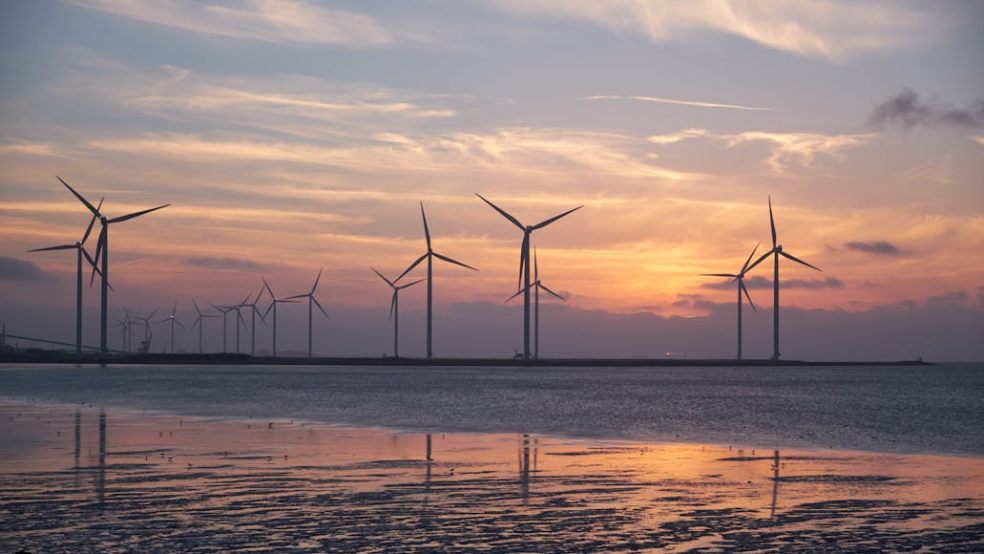
How the UK is leading the clean energy revolution
With global energy markets exposed to increasing fluctuation, the need to reduce the UK’s reliance on fossil fuels from abroad has never been higher. Add to that the need to curb the effects of man-made climate change, and it's clear that a total shift in how we think about consuming energy is needed.
Here in the UK, we’re leading the charge for better, cleaner energy. Discover just some of the ways we’re doing that here.
Harnessing the power of offshore wind and renewables
The UK boasts an impressive number of offshore wind farms that generate an abundance of renewable energy. As of 2025, there are 500 offshore wind farms with a total installed capacity of 16.5 gigawatts; this contributes to 15% of the UK’s electrical supply. Combined with our onshore capabilities, wind energy can power two out of three homes in the UK.
The Government announced in July of last year that the budget for renewable energy is to increase to over £1.5 billion, up £500 million from the previous budget, so that UK families can rely on cleaner energy by 2030.
Nuclear power is a key pillar in the transition to green energy
Nuclear power is seen as key in the UK’s efforts to provide low-carbon electricity and could well be the catalyst that’s needed if the country wants to hit its net-zero targets by 2050. Despite that, questions about how to deal with nuclear waste still have yet to be fully answered.
The role it plays in this country can be exemplified by the investment in Hinkley Point C in Somerset. Working alongside the B station, it will become a pillar in the UK’s efforts to reduce reliance on fossil fuels.
Putting hydrogen power front and centre
Harnessing hydrogen power is another way the UK is leading the efforts to go green. There are goals in place so that by 2030, five gigawatts of low carbon hydrogen will be used across the country. This sort of power translates to helping three million UK homes.
Back in 2021, £2 billion was allocated to the investment of hydrogen projects, and the UK is looking to use hydrogen to fuel about a third of the country’s power consumption by 2050, making it a critical component of hitting those net-zero targets.
Policies and commitments keeping the UK on track
Underpinning all this innovation into cleaner energy are policies and commitments that work to ensure the UK is not only on track to hit targets but also showing the rest of the world how it can be done.
Everything we’ve mentioned so far is underpinned by the Net Zero Strategy. This is a legally binding emissions target which says that by 2050, the amount of greenhouse gases that the UK adds will no longer be more than what they take out.
There are many ways that this is being done. One way, for instance, is through the Boiler Upgrade scheme which involves a grant - up to £7,500 - that incentivises UK homeowners to shift to greener heating in their homes. This scheme to upgrade boilers in homes across England is currently due to finish at the end of 2027 (the scheme is no longer available in Scotland or Northern Ireland).
Innovations are driving the country toward net-zero emissions by 2050
As we’ve seen here, there are numerous ways in which the UK is leading in the race to transition to green energy and reduce its dependence on fossil fuels. By doing all this, the country is on a path to be more reliant on the energy it produces.













